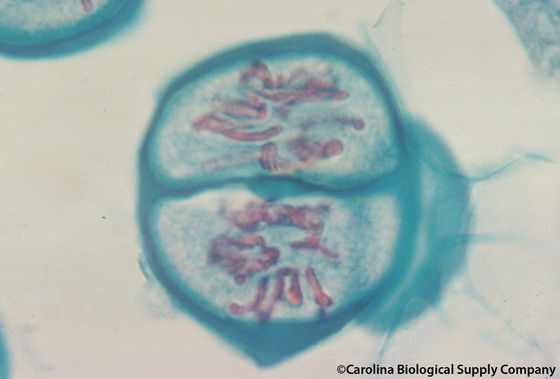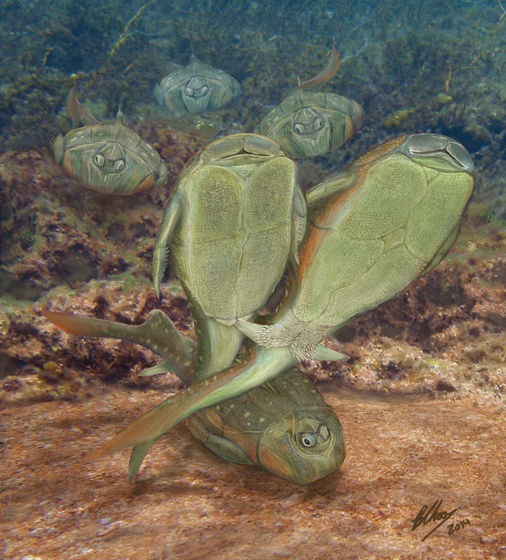Which animal was the first on Earth to have sex?

At first glance, sexual reproduction, which requires two individuals to reproduce, seems to be at a disadvantage compared to asexual reproduction, which allows a single individual to reproduce. However, many animals, including humans, have thrived on Earth because the diversity that arises from the combination of two genes has enabled them to quickly adapt to changes in the environment. Science news site Live Science has compiled experts' talks and books to find out what kind of creature was the first animal to practice 'mating,' a tradition that has been passed down to modern humans.
What were the first animals to have sex? | Live Science
Sexual Reproduction
Because animals have always reproduced sexually throughout evolution, the first animals to mate could be said to be the 'first animals to appear on Earth.' Biologists are still searching for direct evidence of such animals, but it is believed that they were probably marine sponges that appeared in the oceans more than 800 million years ago.
Although sponges can reproduce asexually, they reproduce sexually by releasing sperm and eggs into the water, which combine to produce new sponge larvae.

Meiosis
Marine sponges may have been the first animals to reproduce sexually, but living organisms have been combining their genes to create new life forms for a long time.
'The first animals to mate were already mating before they were animals,' says biologist John Logsdon of the University of Iowa.
Logsdon's research is tracing the history of sexual reproduction by tracing the history of meiosis, the process that produces sex cells, in eukaryotes - organisms that have nuclei inside their cells, such as animals, plants, and fungi.
According to Logsdon, all eukaryotes have the ability to undergo meiosis or have previously undergone it, so it is possible to infer that all eukaryotes, including humans, inherited meiosis from a common ancestor.
So when did the first eukaryotes appear? Logsdon believes it must have been around 2 billion years ago, when simple bacteria somehow started exchanging genes.

by
Mating and internal fertilization
Thus, genetic crossing has been taking place since ancient times, but the meiosis of primitive organisms and the release of sperm and eggs in marine sponges are completely different from human sex and animal mating. Researchers who are exploring the origins of mating in this sense are focusing on ancient fish fossils.
'The oldest known traces of intimate sexual reproduction through mating come from placoderm fishes, such as Microbrachius dickii , which lived in the Devonian Period between 419.2 million and 358.9 million years ago,' said John Long, a paleontologist at Flinders University in Australia.
Fossils of Microbrachius dickii, the oldest gnathostome in which internal fertilization has been confirmed, show that males had claspers for copulation and females had corresponding copulatory plates.
According to Long's research, the fish swam side by side with their limbs linked together, arm in arm, making early mating look like an underwater ballroom dance.

by Dr. Brian Coo, Flinders University
'We have placoderms to thank for both the joys of sex and the pains of childbirth,' Long wrote in his 2024 book, The Secret History of Sharks .
Related Posts:







